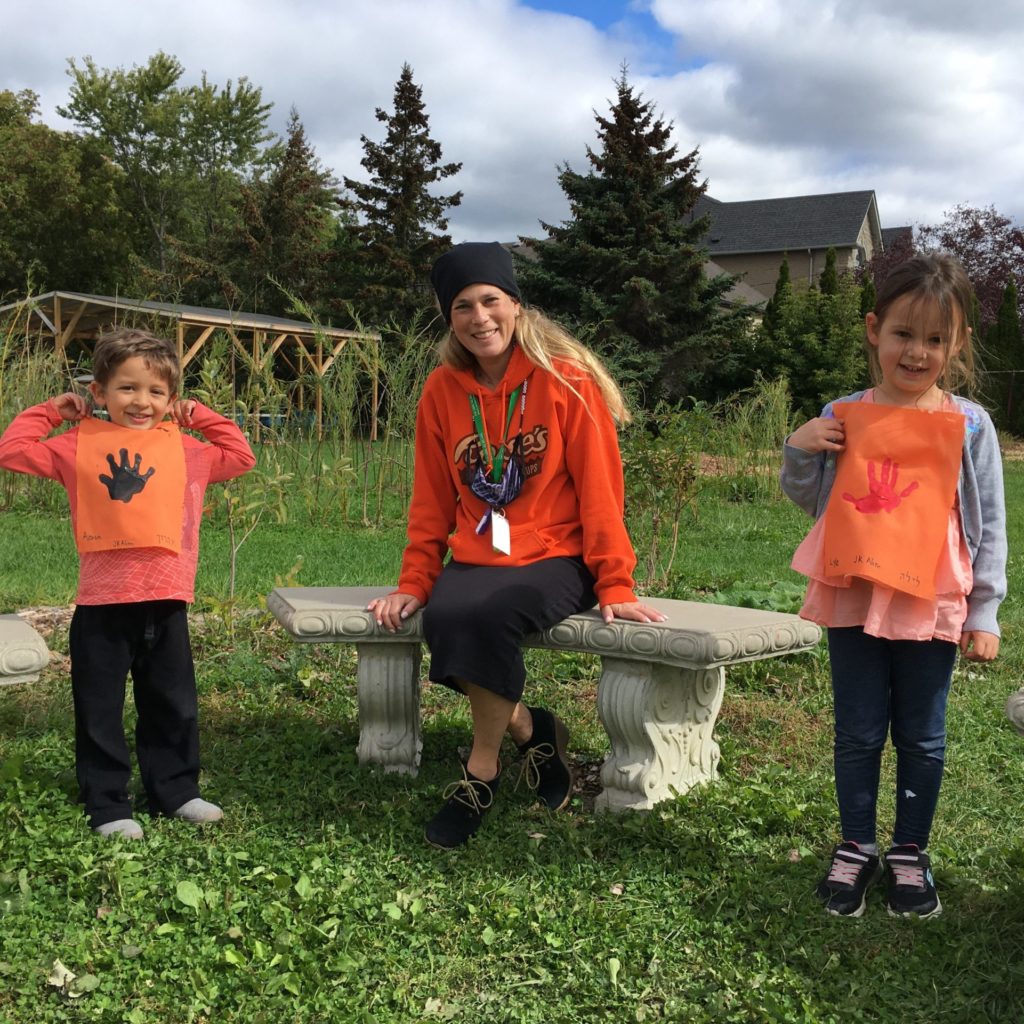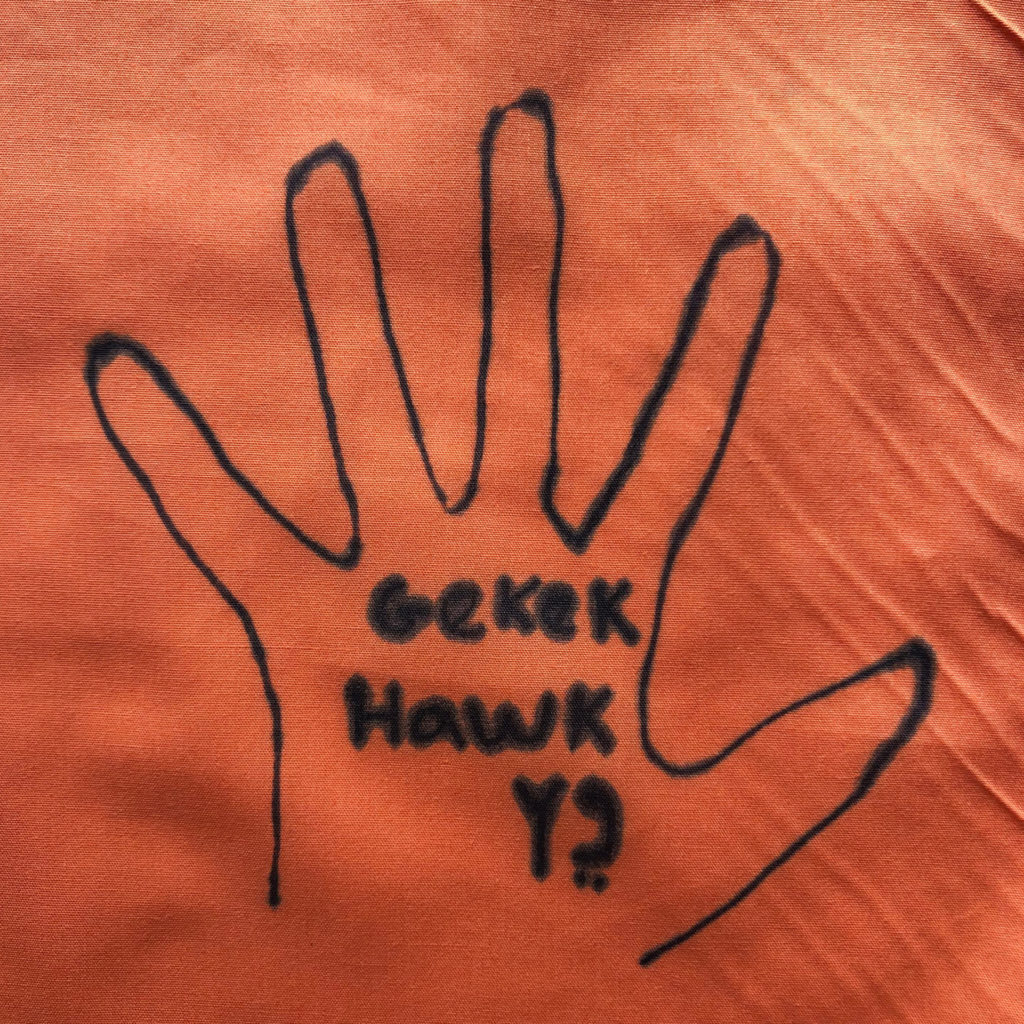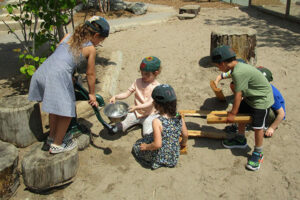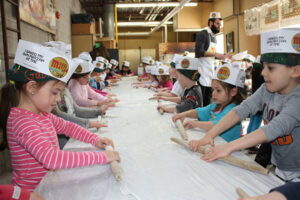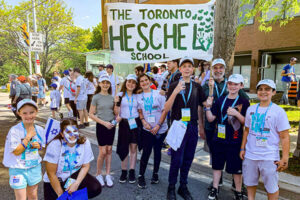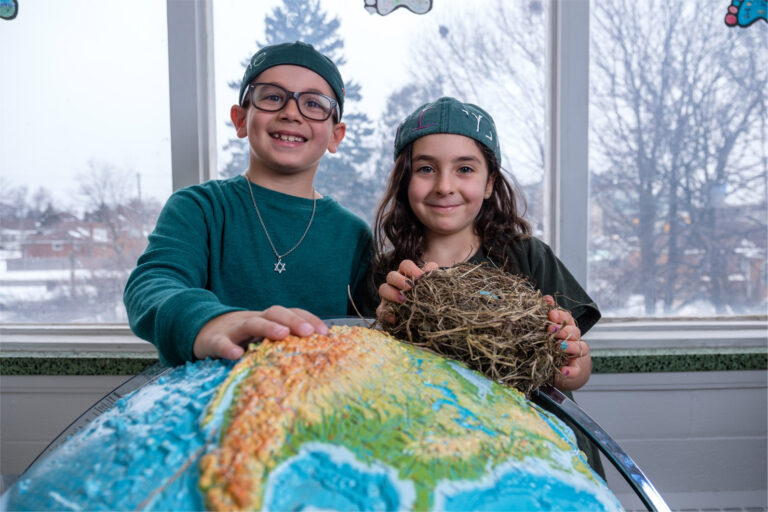The National Day for Truth and Reconciliation reminds us of the importance of the connection between land, language, and community, and the consequences that arise when those connections are severed. Today at Heschel, each class spent time learning about Truth and Reconciliation in an age-appropriate way.
To begin, our students learned the significance behind why we wear orange shirts on September 30. The orange shirt is a symbol of something that was taken away and the date coincides with the beginning of the school year—a time when many Indigenous children were taken to residential schools.
The orange shirt is a reminder that for many Canadian Indigenous peoples, important things were taken from them: their land was taken away, their languages were taken away, even their children were taken away. Older students learned that Indigenous children were taken to residential schools, where they were separated from their families, communities, land, language, and customs.
Students engaged in age-appropriate conversations about how it feels to have something important or sacred taken away, and how it might feel to be separated from the people, places, and things that make you feel happy, loved, and connected to your community. Older students learned that, like Indigenous peoples, Jewish people have experienced the severing of connection to our land, language, and community, many times in our history.
This week, we read parashat Bereishit, which teaches us that God created the earth—the water, land, plants, stars, moon, sky, and animals—giving it to us as a gift to take care of. Our students learned that Indigenous peoples also have stories about how the world was created and how they lived in harmony with the land for centuries. Like us, Indigenous peoples believe it is very important for human beings to respect and care for the land. Students spoke about land stewardship and our responsibility to nurture our planet.
To honour, remember, and respect Indigenous communities, and as a gesture of friendship, each student created a visual representation of their learning on land, language, and community connection. Students traded words from each other’s languages using their hands.
We used the metaphor of the handprint to signify the imprint we can have on those around us, on the land in which we live, and to remember those whose hands can no longer make imprints on the world. Each student created a lasting artwork with a handprint and word that connects to nature to signify the links between land, community, and language. These words and hands will hang in our outdoor classroom. When you visit the school, please take in the powerful words and images created by our students to honour those who survived and those who never made it home from school.
